Keeping interest rates stable not only promotes credit, but also helps stabilize exchange rates, control inflation, improve the investment environment and strengthen market confidence.
Stable but with local fluctuations
In the first half of 2025, the State Bank of Vietnam (SBV) will continue to maintain low operating interest rates, consistent with the goal of promoting credit growth, supporting production and business recovery, and controlling inflation. Keeping key interest rates unchanged, such as refinancing rates and discount rates, demonstrates the operator's clear message about a flexible and cautious monetary policy that still aims to promote growth.
According to data up to May 2025, VND mobilization interest rates at commercial banks are still maintained within a relatively wide range. For non-term deposits and deposits under 1 month, interest rates fluctuate at a very low level of 0.1-0.2%/year. Terms from 6 to 12 months have common interest rates of 4.5-5.5%/year; from over 12 months to 24 months is 4.8-6%/year, and terms over 24 months reach 6.9-7.1%/year.
However, starting from June, the downward trend in savings interest rates that lasted from the end of 2024 to the beginning of 2025 has slowed down. Banks have begun to adjust deposit interest rates in a differentiated manner, depending on capital needs, competitive strategies and liquidity targets. Many banks have moved to slightly increase short-term interest rates while reducing long-term interest rates to restructure capital sources.
Vikki Bank (the new name of DongABank) is currently a rare bank that applies an interest rate of 6%/year for a 12-month term when depositing online, which is higher than the general level. In addition, some digital banks and medium-sized banks such as HDBank , Cake by VPBank, BVBank... also offer interest rates of 6-6.1%/year for long terms from 18 to 60 months, without requiring a minimum deposit, to attract medium- and long-term idle capital.
On the other hand, lending interest rates continue to decline. According to the State Bank of Vietnam, by June 10, 2025, the average interest rate for new loans from commercial banks had decreased to 6.3%/year, 0.6 percentage points lower than at the end of 2024.
This is the result of the State Bank's efforts to manage interest rates and the active participation of banks to reduce borrowing costs and support business recovery in the context of many economic challenges.
Although the current interest rate is considered reasonable, many international financial institutions are still cautious in their forecasts. According to UOB Bank, the SBV will likely continue to maintain the current policy interest rate, with the refinancing rate at 4.5%. However, if the domestic economy faces difficulties or the labor market weakens, the SBV can flexibly lower interest rates further.
In a worst-case scenario, the policy rate could be adjusted down to 4% or even 3.5%, equivalent to the low level during the COVID-19 pandemic. However, this possibility depends on stable foreign exchange market conditions and the US Federal Reserve (Fed) starting a monetary easing cycle.
Overall, the interest rate level in the first half of 2025 is clearly supportive of economic recovery, especially in the context of weak credit demand and uneven recovery of production and business activities. However, with the trend of differentiation among banks, the market may witness local adjustments in deposit and lending interest rates, especially in the late third and fourth quarters when capital demand increases cyclically.
Interest rate management in the coming period will continue to be a "multi-objective problem" of the State Bank, both ensuring macroeconomic stability, creating room for growth and controlling external risks.
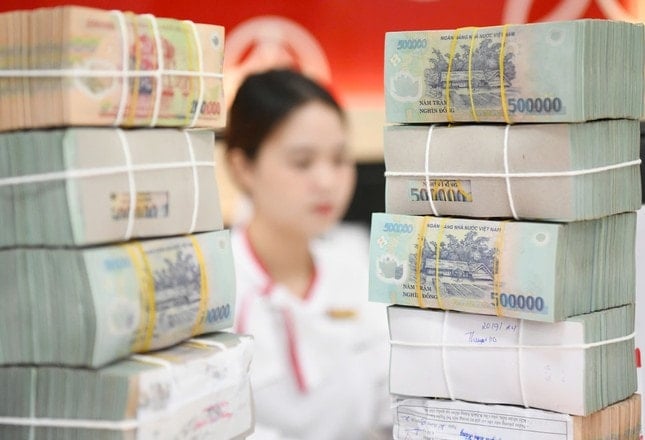
Interest rates are a “multi-tasking” tool of monetary policy.
In macroeconomic management, interest rates are always considered an important “lever” that can simultaneously handle multiple goals. In the first half of 2025, this tool will continue to play a “multi-tasking” role, supporting growth, controlling inflation, stabilizing exchange rates, and strengthening market confidence.
According to Mr. Nguyen Duc Lenh, Deputy Director of the State Bank of Vietnam, Region 2 Branch, the current interest rate level is at the “best, reasonable and scientific ” level, reflecting the stable capital mobilization capacity of the banking system as well as the clear recovery trend of credit demand. This is the core factor that helps businesses and people access capital more easily, reduce input costs, thereby restoring and expanding production and business activities after a long period of being affected by global economic fluctuations.
Not only that, as a tool to regulate monetary policy, interest rates also help maintain macroeconomic stability. Exchange rates are flexibly controlled, inflation in the first 6 months of the year increased by only 2.62, lower than the same period in 2024, creating an important foundation for Vietnam to maintain a stable investment environment, enhancing the confidence of both domestic and foreign investors.
Thanks to these factors, GDP growth in the first half of the year reached 7.52%, the highest level in many years, in which exports continued to be the main driving force with turnover reaching 219 billion USD, up 14.4%.
Low interest rates are also a “catalyst” for a series of preferential credit programs: from support for small and medium enterprises, people in rural areas, social security credit, to national target programs on poverty reduction, new rural areas, startups and innovation.
In the context of the economy shifting to a green growth and innovation model, a reasonable interest rate policy is the "turn on" to activate longer-term and more sustainable capital flows.
A notable point in recent policy discussions is the proposal to remove the credit limit mechanism (room) and instead regulate through interest rates. Mr. Vo Dai Luoc, former Director of the World Economic Institute, said that the application of an administrative credit room could distort the market and hinder capital flow to areas that are really needed.
“Instead of capping credit growth, the market should be allowed to self-regulate through interest rates. Banks with good risk management capacity and strong liquidity should be given more loans,” Mr. Luoc suggested.
However, this is also an issue that needs careful consideration. According to Mr. Pham Chi Quang, Director of the Monetary Policy Department (SBV), if the credit room is removed without good control, it could lead to strong fluctuations in interest rates, affecting businesses' access to capital and macroeconomic stability.
Therefore, the State Bank is making a comprehensive assessment, developing a suitable roadmap, and consulting with ministries and branches to be able to report to the Government and the Prime Minister to decide on the appropriate time for converting this operating mechanism.
With positive developments in the first half of the year, interest rates are expected to continue to be a flexible tool to help maintain economic recovery momentum in the remaining months of 2025. However, the international context still has many potential risks: from the Fed's unclear monetary policy trend, to geopolitical tensions and fluctuations in global commodity prices.
This requires the SBV to continue to be steadfast in its goal of macroeconomic stability, but also to be ready for flexible operating scenarios. The interest rate problem will therefore not be just a single tool, but a multi-dimensional fulcrum for the entire economic ecosystem, from fiscal policy, public investment to exchange rate management and social security support.
Source: https://baolamdong.vn/lai-suat-on-dinh-ho-tro-tin-dung-tang-truong-381948.html



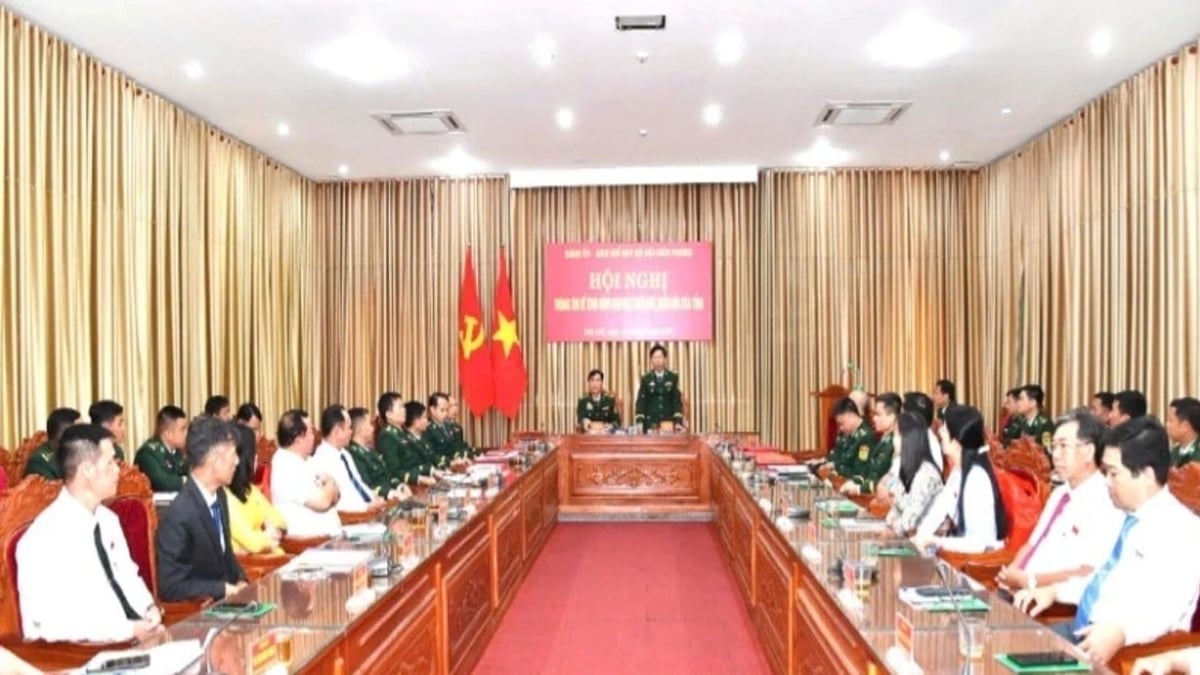





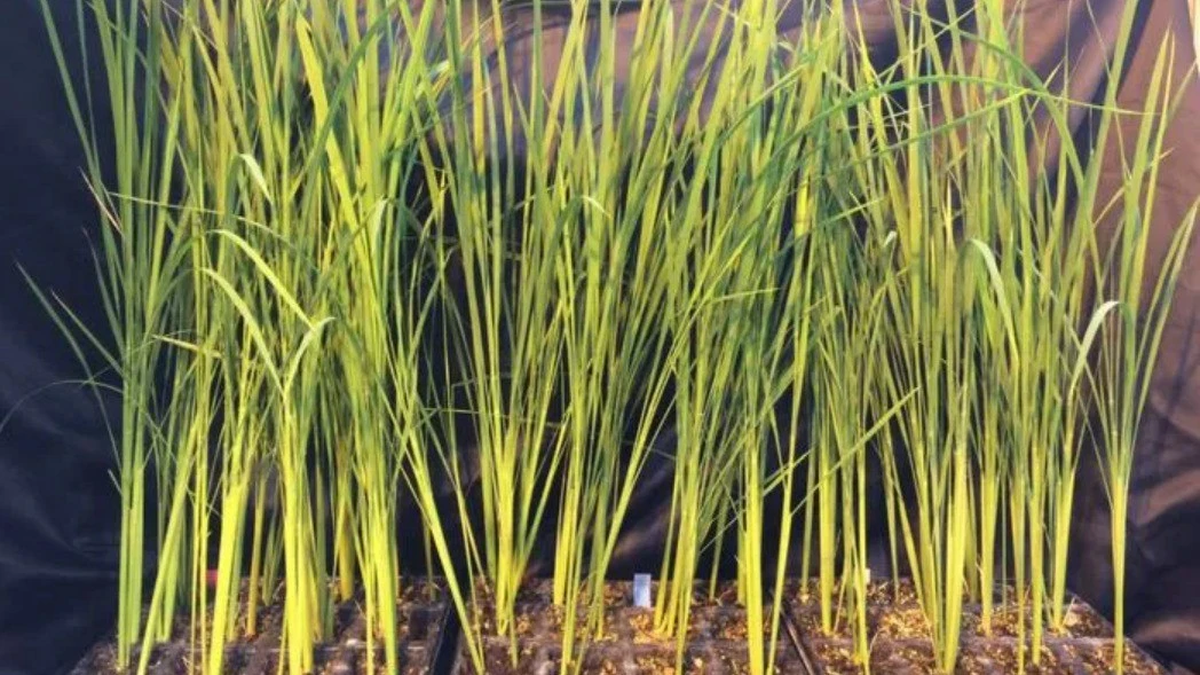









































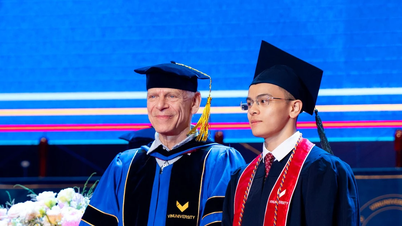
























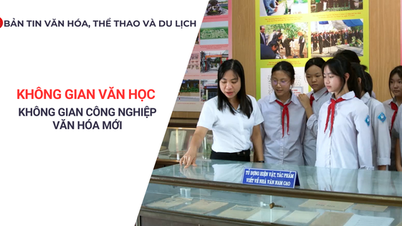

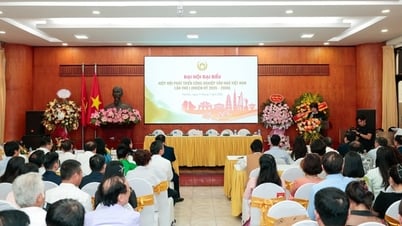






















Comment (0)